Towards a Regime Change in Iran
After Hamas’ action on October 7, 2023, it became clear that nothing in the region would remain the same. While Israel continued its genocide and faced growing criticism from the international community, Iran came to its aid each time. Iran’s latest ballistic missile attack distracted the world’s attention from Gaza. There is no clear information yet, apart from Iran’s claims, regarding the material and human damage caused by this attack.
Iran’s expansionism and actions in the Middle East have constantly served as a source of legitimacy for Israel. By claiming to be under threat, Israel managed to retain the support of Western governments and public opinion, and continued receiving aid. At the same time, it gained an opportunity to advance its expansion plans.
However, despite all this “collaboration” from the Islamic Republic, recent developments suggest that the West, through Israel, is moving towards the idea of a regime change in Iran. We know that this change is not aimed at providing the Iranian people with the “democratic and free” environment they deserve, as the West/Israel doesn’t particularly care for the Iranian people. We have witnessed firsthand just how democratic and humane the West is by looking at what happened in Gaza over the past year. There must be other reasons behind this change.
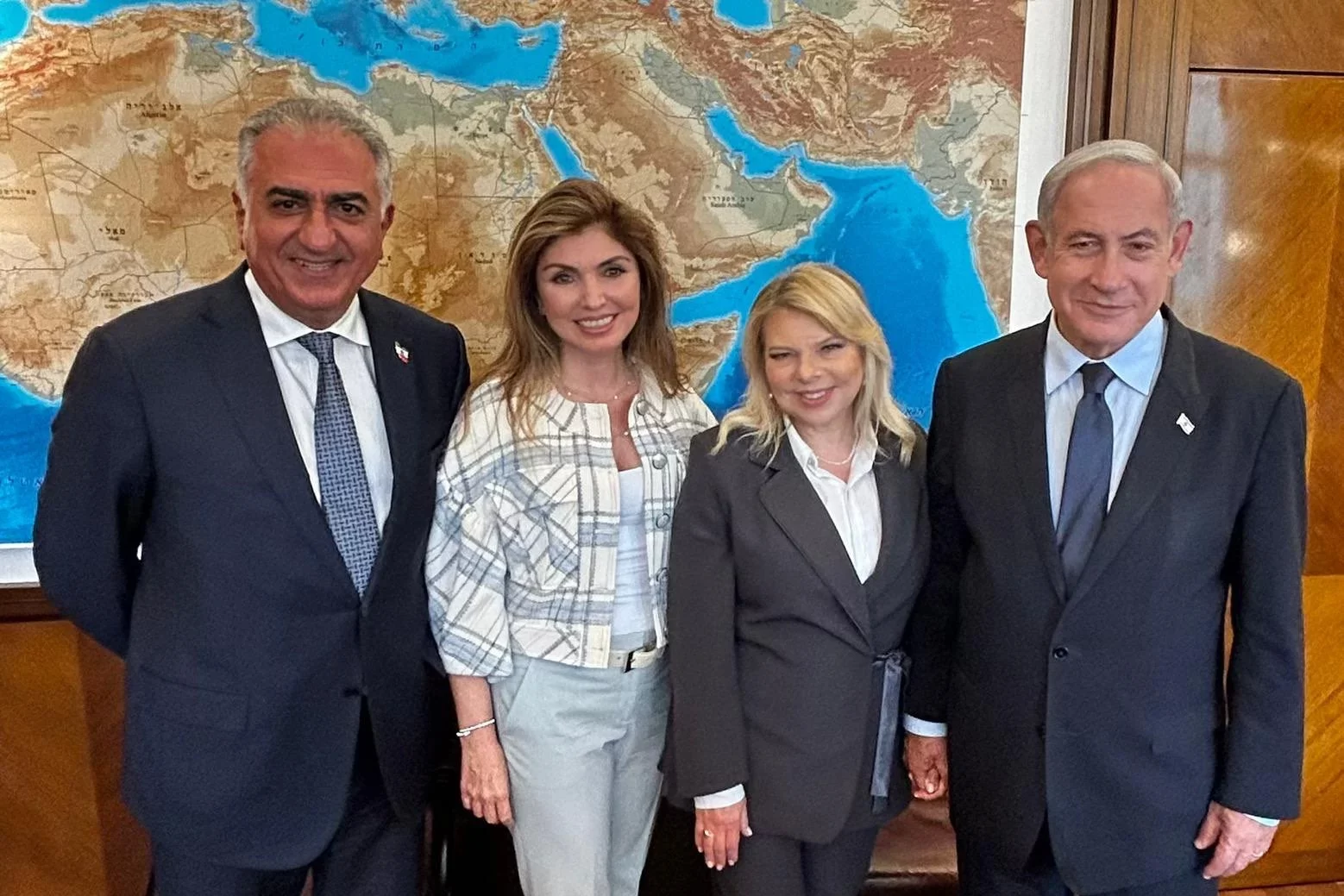
Why Now?
Israel’s dream of the “Promised Land” is a well-known phenomenon. The aim here for Israel is to realize this dream, which can be seen in the constant statements from Israeli religious/political figures and in the patches worn by Zionist soldiers. The racist/religious factions of the West support Israel for the same reasons.
But what about the globalists, who has some other plans for the entire region and humanity? What made them join this Zionist plan and withdraw their support from Iran? Regime change in Iran has been talked about for decades, so why is it going to happen now?
Firstly, the globalist faction opposes any form of religion or sect, as they see them as obstacles to their plans. As long as religious/sectarian states or entities like Israel and Iran exist, certain segments of societies will maintain their religious or sectarian sensitivities.
Secondly, the Tehran regime opposes two major geopolitical route projects. One is the Zangezur Corridor, which connects Turkey and Azerbaijan, and thus Europe and China, via land through southern Armenia. The other is the route connecting the Gulf Region to Turkey via land through Iraq’s Basra FAW Port. Iran has declared its opposition to both of these routes, which bypass its territory.
Due to this stance, Iran now faces a regime change plan. The son of Iran’s ousted shah, Reza Shah, first made appearances in Israel and then in prominent Western circles as “Iran’s King Pahlavi.” Following this, Western/Israeli-backed media and social media figures began promoting him as “the true king of Iran.”
It seems that the Iranian people will finally meet “democracy” (even though a monarch will be imposed on them). The country will transition to a secular, democratic life. In the next article, we will discuss the possible scenarios related to this change.
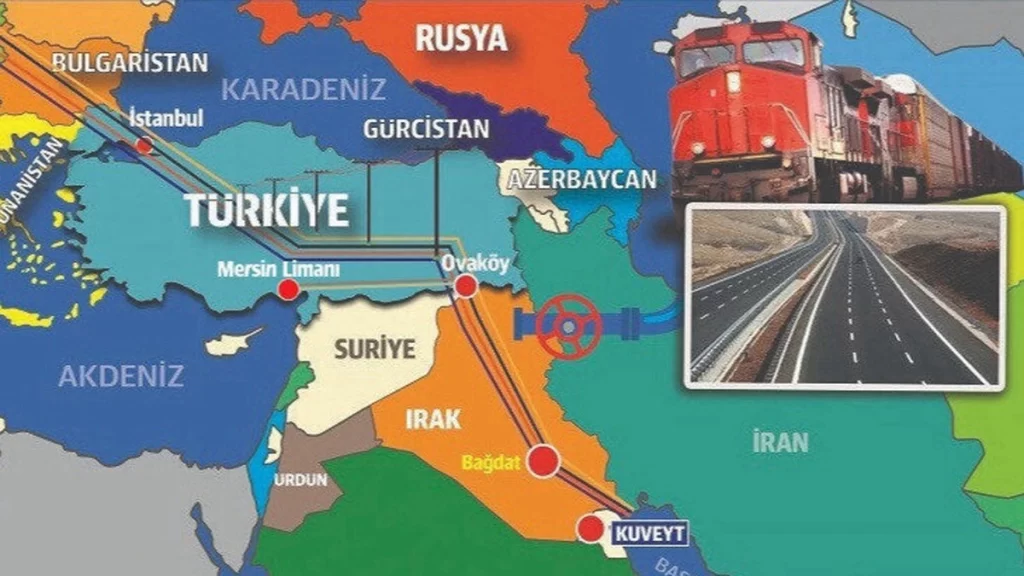
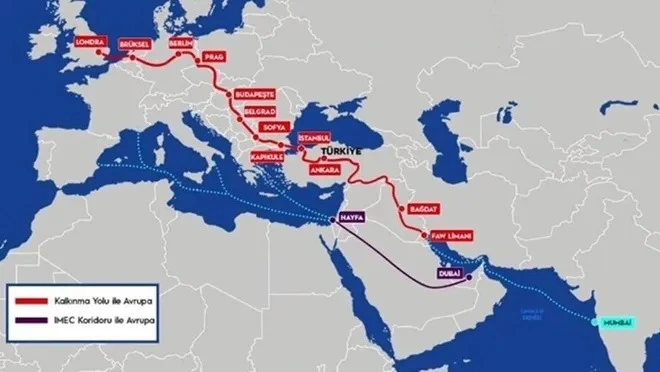
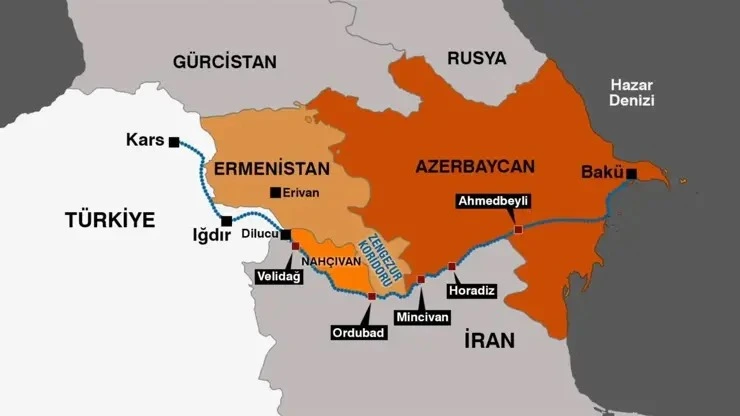
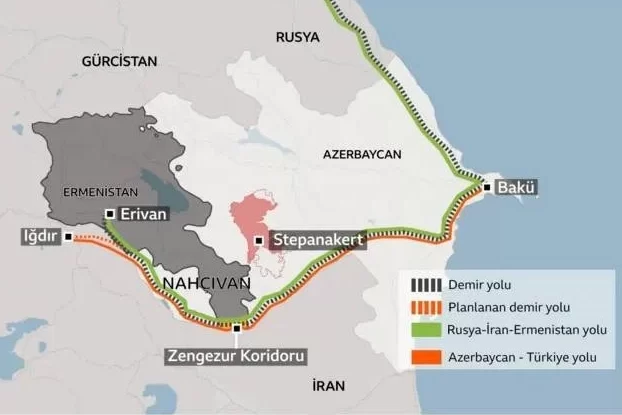
The images in this article have been chosen by the author.
The opinions in this article have been provided by the author.















